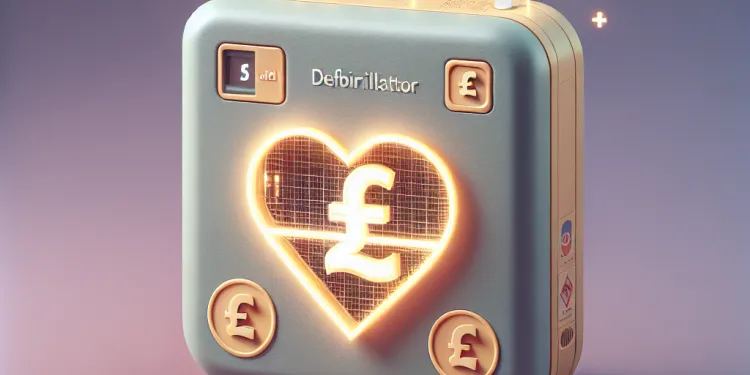
Find Help
More Items From Ergsy search
-
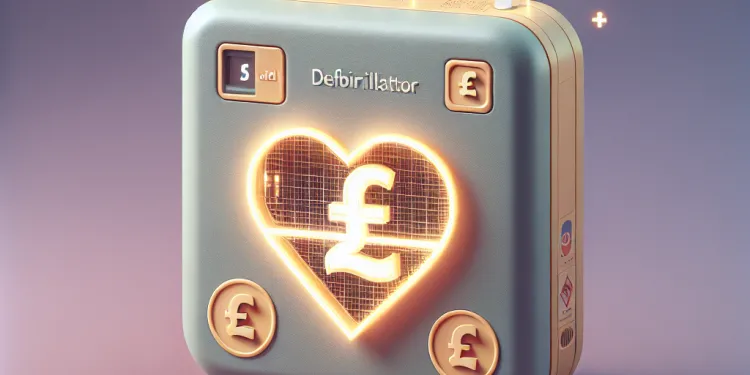
Can defibrillators be used on children?
Relevance: 100%
-
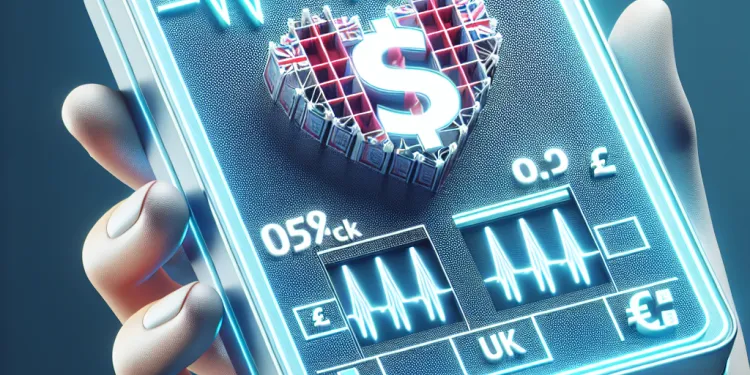
What is a defibrillator?
Relevance: 76%
-

How effective are defibrillators?
Relevance: 73%
-

What is the role of a defibrillator in CPR?
Relevance: 70%
-
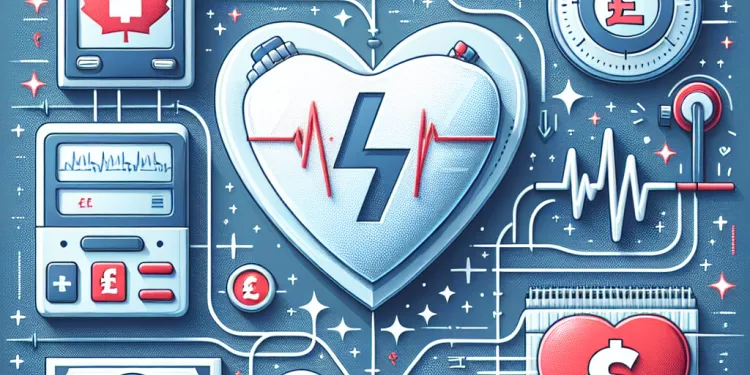
How does a defibrillator work?
Relevance: 70%
-

What are the different types of defibrillators?
Relevance: 69%
-

Who can use a defibrillator?
Relevance: 69%
-

Can a defibrillator restart a stopped heart?
Relevance: 68%
-

How do you know if a defibrillator is required?
Relevance: 67%
-
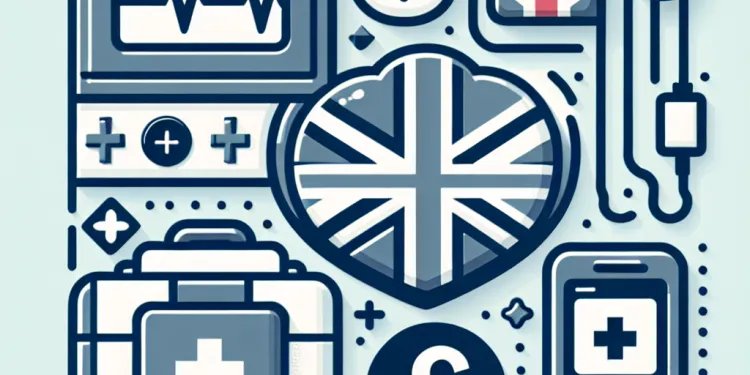
What should you do if a defibrillator is needed?
Relevance: 67%
-
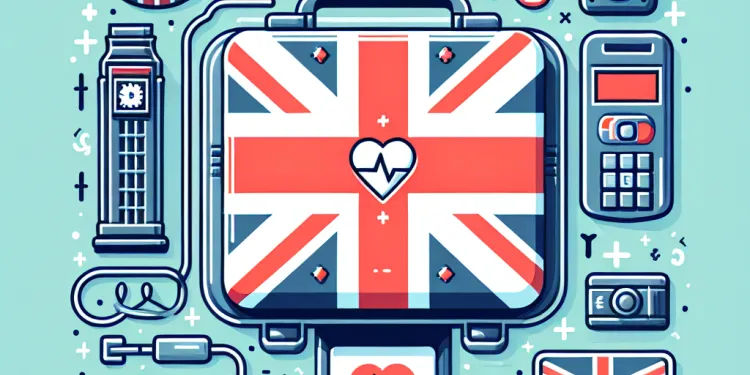
Do defibrillators have any side effects?
Relevance: 66%
-
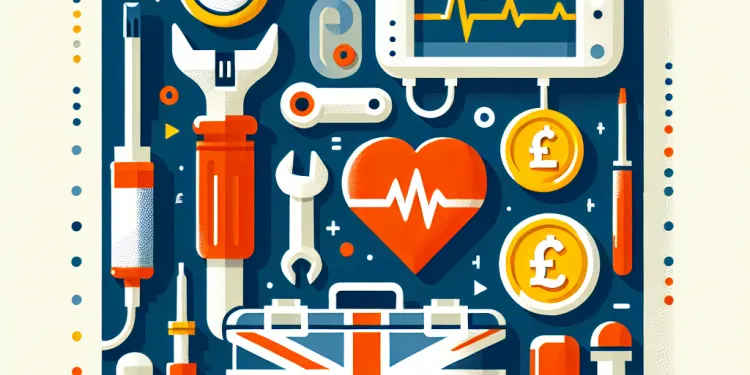
What maintenance do defibrillators require?
Relevance: 66%
-

How long do defibrillator batteries last?
Relevance: 65%
-
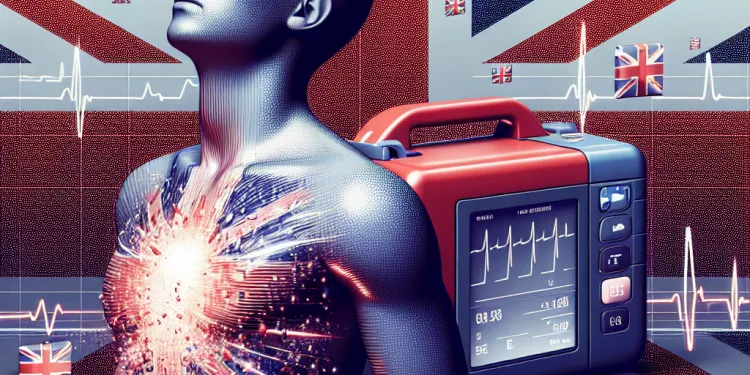
Can you use a defibrillator on a wet person?
Relevance: 62%
-
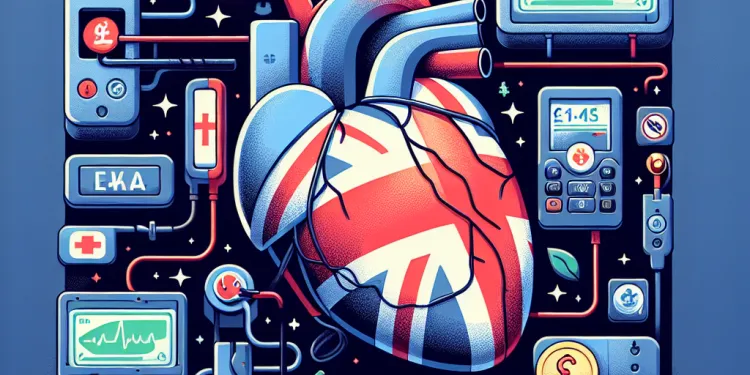
Why are defibrillators important?
Relevance: 51%
-

Is it safe to use a defibrillator on someone with a pacemaker?
Relevance: 45%
-
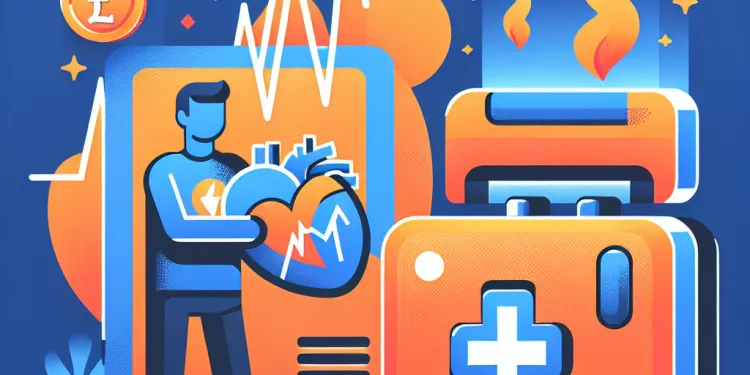
What is a Defibrallator?
Relevance: 41%
-

Who are SEND children?
Relevance: 37%
-

What are SEND children?
Relevance: 37%
-
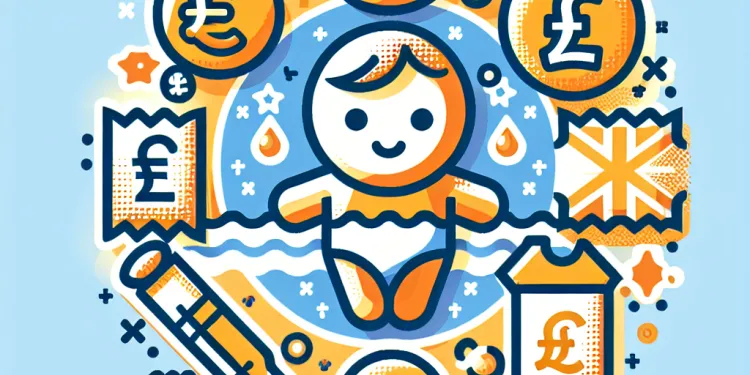
Is Baxdrostat suitable for children?
Relevance: 37%
-
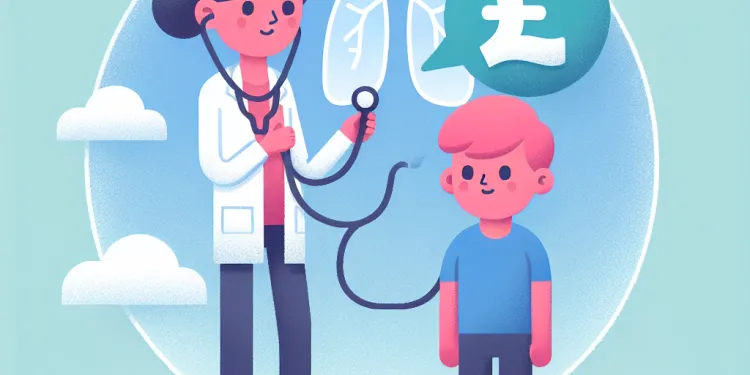
What is lupus in children?
Relevance: 37%
-
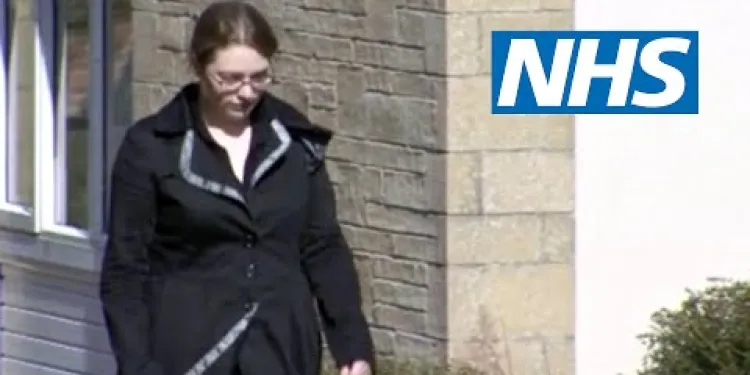
Lupus in children | NHS
Relevance: 37%
-
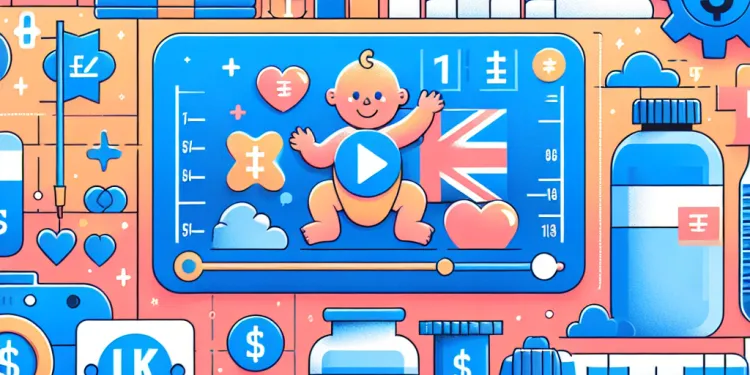
Children's Vaccination Schedule
Relevance: 36%
-
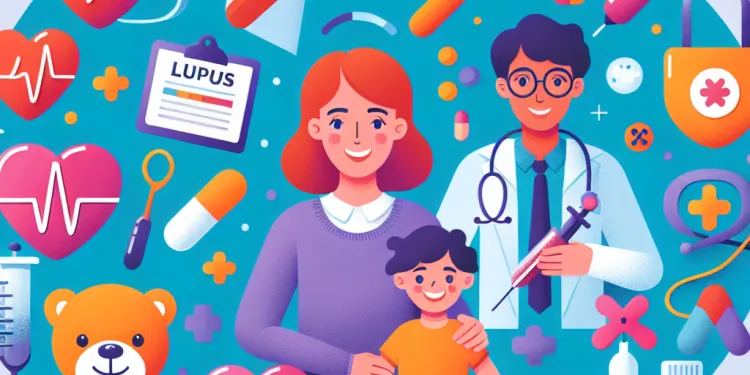
What causes lupus in children?
Relevance: 35%
-
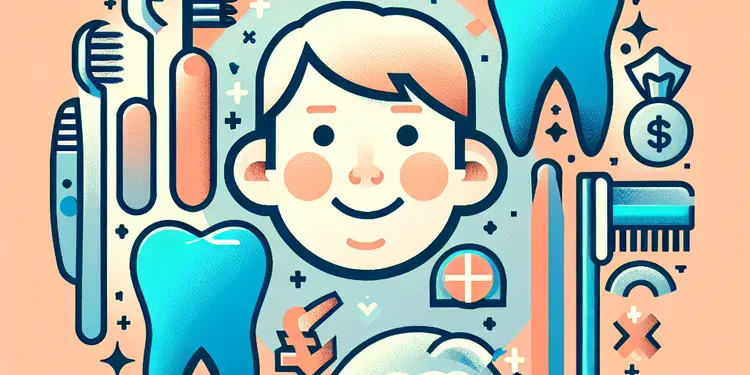
Is tooth decay common in children?
Relevance: 35%
-
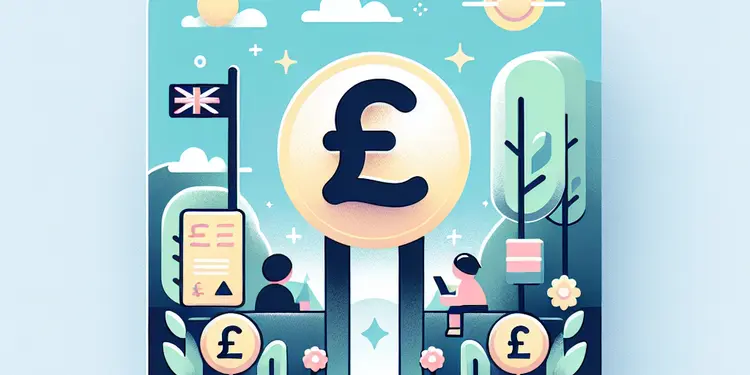
Are there specific mobility equipment for children?
Relevance: 35%
-
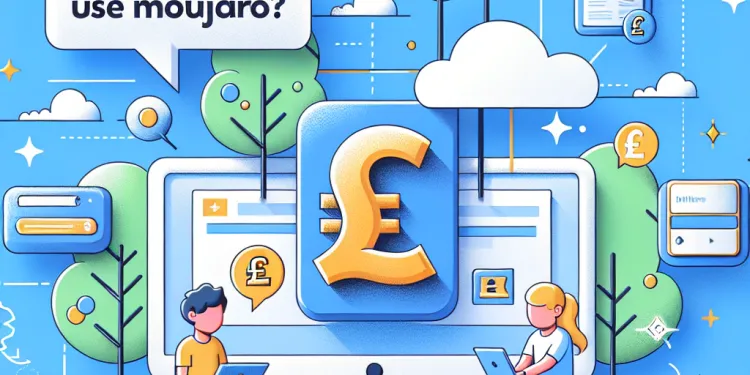
Can children use Mounjaro?
Relevance: 35%
-
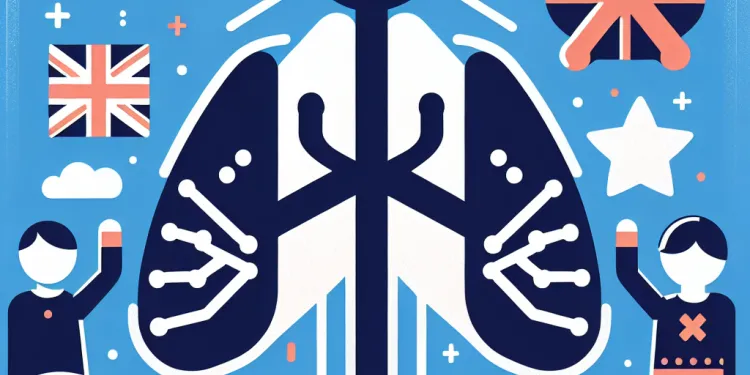
Can children outgrow asthma?
Relevance: 35%
-
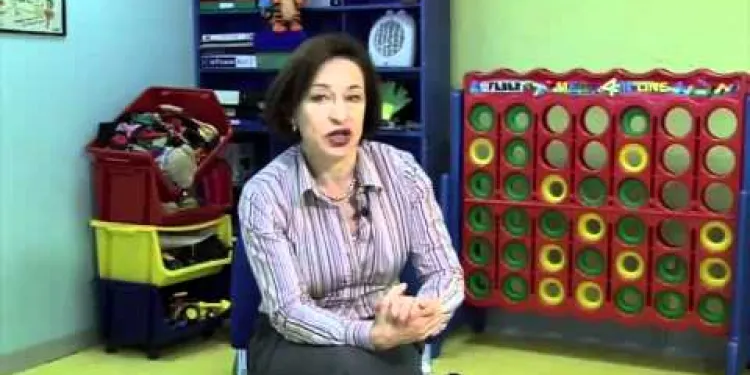
Children With Co-ordination Difficulties and Dyspraxia
Relevance: 35%
-
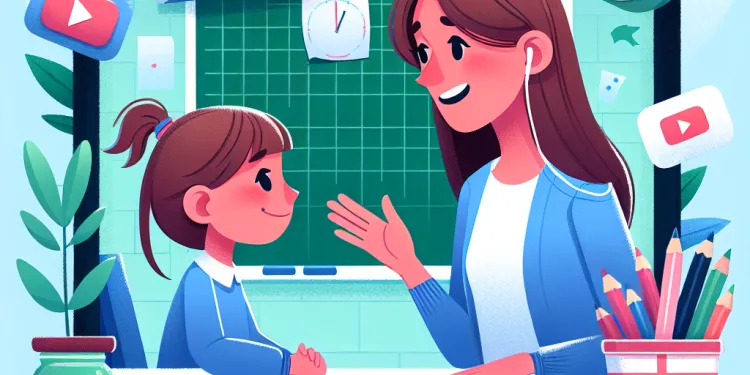
Understanding Mental Health in Children
Relevance: 35%
-
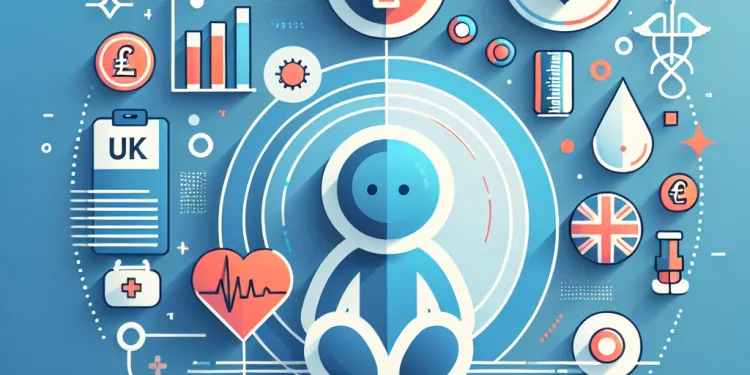
Can Wegovy be used by children?
Relevance: 35%
-
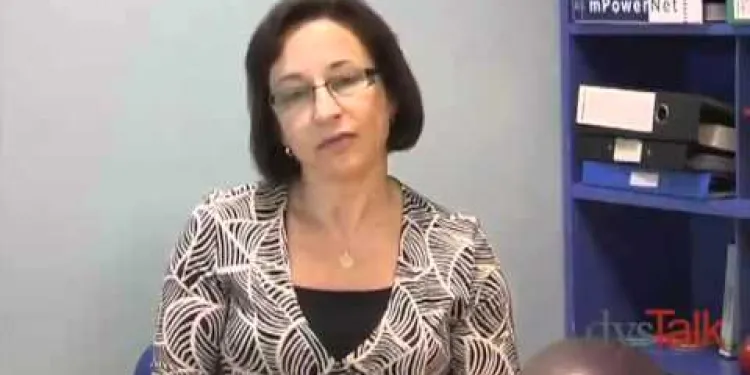
Dyspraxia Children: How to Help
Relevance: 35%
-
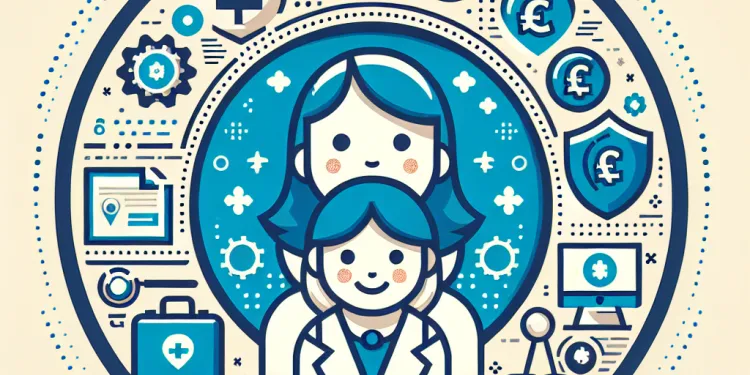
How is lupus diagnosed in children?
Relevance: 34%
-
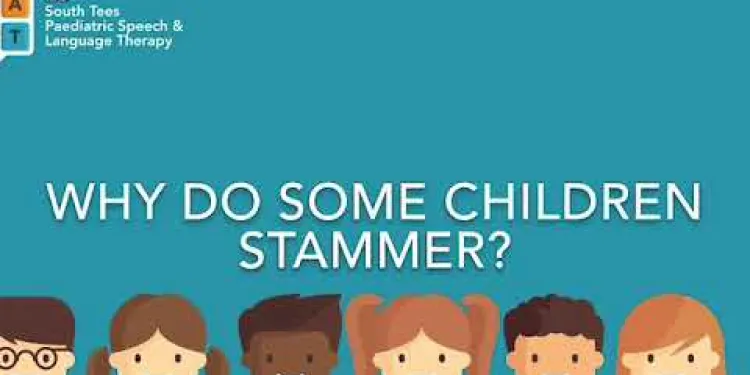
Why do some children stammer?
Relevance: 34%
-
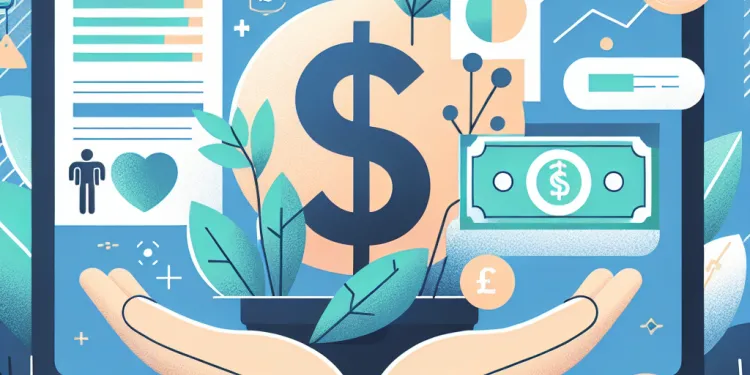
What are the common symptoms of lupus in children?
Relevance: 34%
-
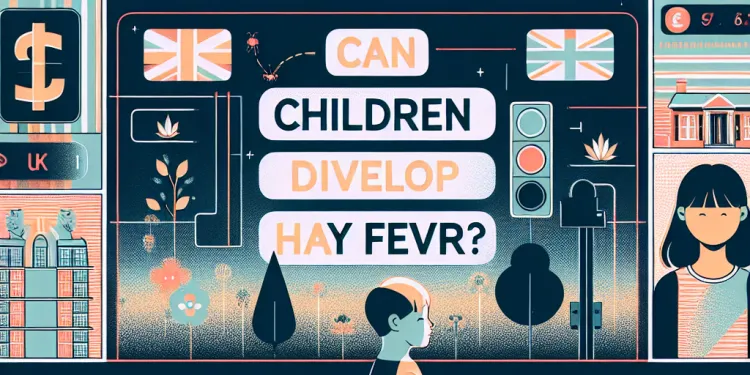
Can children develop hay fever?
Relevance: 34%
-
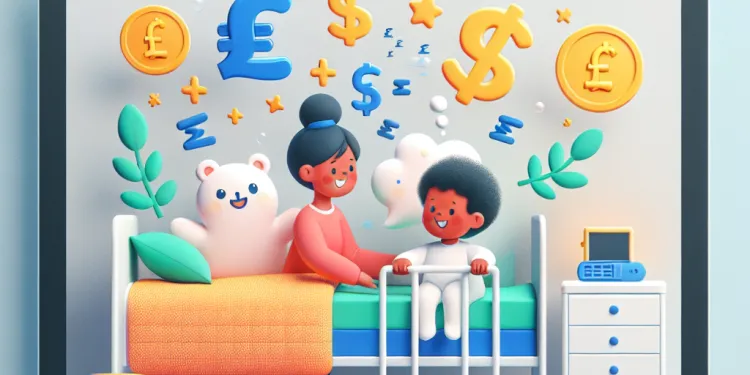
Can children have sleep apnea?
Relevance: 34%
-
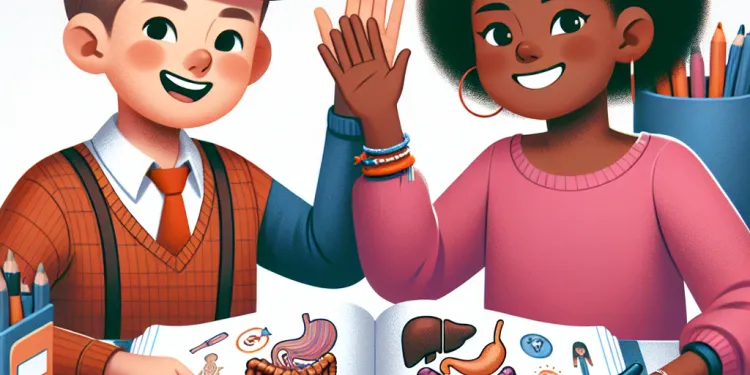
Can children develop Crohn's disease?
Relevance: 33%
-
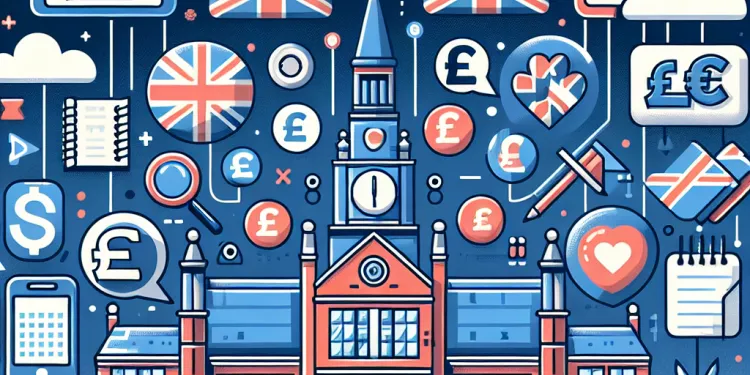
How is progress measured for SEND children?
Relevance: 33%
-

Do SEND children attend mainstream schools?
Relevance: 33%
Introduction to Defibrillators
Defibrillators are life-saving devices used to deliver a controlled electric shock to the heart in cases of sudden cardiac arrest. They are commonly used in emergency situations to restore a regular heart rhythm. While defibrillators are well-known for their use on adults, many people wonder whether they can also be effectively used on children.
Types of Defibrillators
There are two main types of defibrillators: automated external defibrillators (AEDs) and manual defibrillators. AEDs are often found in public spaces and are designed to be used by the general public with minimal training. They provide step-by-step vocal instructions and can assess whether a shock is needed. Manual defibrillators, however, are typically used by healthcare professionals who can interpret the heart rhythm and determine the appropriate action.
Use of AEDs on Children
AEDs can be used on children, but there are important considerations and adaptations required. Children over the age of eight or who weigh more than 25 kilograms can be treated with a standard AED. For younger children and infants, it is crucial to use a defibrillator that has a pediatric mode or pediatric pads. These are designed to deliver a lower energy shock, suitable for smaller bodies and developing hearts.
Pediatric Mode and Pads
Many modern AEDs include a pediatric mode, which automatically adjusts the energy level of the shock for use on children. Additionally, pediatric pads, which are smaller and typically feature a diagram for correct placement, help ensure the device works effectively on young patients. When using pediatric pads, one pad is usually placed on the child’s chest, and the other on their back, creating a sandwich effect across the heart.
Importance of Early Intervention
Sudden cardiac arrest can occur in children for various reasons, including congenital heart defects or trauma. Immediate use of a defibrillator can be critical in increasing survival chances. Studies indicate that with every minute defibrillation is delayed, the chance of survival decreases by about 10%. Therefore, having access to an AED with pediatric capabilities is vital in both schools and public places frequently visited by children.
Training and Awareness
Although AEDs are designed for ease of use, having basic training can greatly enhance confidence and effectiveness in an emergency. Familiarising teachers, parents, and even older children with AED use can improve outcomes in cases of cardiac emergencies involving children. UK organisations, such as the Resuscitation Council UK, offer resources and training programs that cover the use of defibrillators on children.
Conclusion
In conclusion, defibrillators can indeed be used on children with the appropriate modifications and precautions. Having access to devices with pediatric capabilities and ensuring adequate training can help protect young lives in the UK. This knowledge can empower caregivers and bystanders to act swiftly and effectively in emergency situations involving children.
Introduction to Defibrillators
Defibrillators are machines that can save lives. They give an electric shock to the heart when someone has a sudden heart problem. This helps the heart beat normally again. Defibrillators are mostly used on grown-ups, but people often ask if they can be used on children too.
Types of Defibrillators
There are two kinds of defibrillators. The first kind is called automated external defibrillators or AEDs. AEDs are found in many places like schools and shopping centers. They are easy to use and talk to you, telling you what to do. The second kind is manual defibrillators. These are used by doctors and nurses because they need to know how to read the heart's signals.
Use of AEDs on Children
AEDs can be used on children but need special settings. If a child is over eight years old or weighs more than 25 kilos, you can use a regular AED. For younger or smaller children, it's important to use a defibrillator with a setting for kids or special pads made for kids. These give a smaller shock, which is safer for children.
Pediatric Mode and Pads
Some new AEDs have a special setting for kids, which changes the shock to be safer for them. They also have smaller pads for children. These pads usually have a picture showing you where to put them. With kids, one pad goes on the chest, and the other goes on the back, so the heart is in between.
Importance of Early Intervention
Sometimes children have sudden heart problems because they are born with a heart difference or after an injury. Using a defibrillator quickly can help save their life. Waiting too long to use it can make it less effective. So, it’s important to have AEDs with settings for kids in schools and places where many children are.
Training and Awareness
AEDs are easy to use, but learning how to use them can help people feel more ready in an emergency. Teaching teachers, parents, and even older kids how to use AEDs can help save lives. There are groups in the UK, like the Resuscitation Council UK, that offer lessons and materials about how to use defibrillators on children.
Conclusion
To sum up, defibrillators can be used on children if you use them the right way. Machines with kid-friendly settings and training can help keep kids safe. Knowing this can help parents and helpers act quickly if a child has a heart emergency.
Frequently Asked Questions
Can defibrillators be used on children?
Yes, defibrillators can be used on children. Special pediatric pads or settings are recommended for children typically between 1 and 8 years old.
What is the minimum age for using a defibrillator on a child?
Automated External Defibrillators (AEDs) can be used on infants and children from birth, using pediatric pads or settings for those under 8 years old.
Are there different types of defibrillator pads for children?
Yes, pediatric pads or electrodes are designed specifically for children and are used to adjust the energy level to a safer dose.
What is the difference between pediatric and adult defibrillator pads?
Pediatric pads deliver a reduced energy shock suitable for smaller, developing bodies, whereas adult pads deliver a higher energy shock.
Is it necessary to use pediatric pads on a child?
Yes, if available, use pediatric pads to ensure the delivery of an appropriate energy level. However, if they are not available, adult pads may still be used.
What should you do if pediatric pads are not available?
If pediatric pads are unavailable, use adult pads and ensure they do not touch each other by placing one on the chest and the other on the back.
What is the correct placement for pediatric defibrillator pads?
Follow the instructions on the pediatric pads, usually placing one pad on the front of the chest and the other on the back.
Can AEDs automatically detect whether pediatric pads are connected?
Many AEDs can detect when pediatric pads are connected and will adjust the shock energy levels accordingly.
What energy levels should be used to defibrillate children?
Energy levels should be appropriately reduced for children, which is managed automatically by the AED when pediatric pads are used.
Do you need special training to use a defibrillator on children?
While AEDs are designed for untrained bystanders, it is beneficial to receive CPR and AED training to enhance confidence and effectiveness during real emergencies.
Can a defibrillator hurt a child?
A defibrillator, when used correctly, poses minimal risk and is crucial for restoring normal heart rhythms during cardiac arrest, outweighing potential harm.
Why is it important to use a defibrillator on a child in cardiac arrest?
Early defibrillation is critical to increase the child's chances of survival, as it helps to restore normal heart rhythm quickly.
What should I do if I am unsure about using a defibrillator on a child?
If a child is unresponsive and not breathing, call emergency services and use the AED as instructed. Follow its voice prompts and apply CPR if needed.
How can I be sure the defibrillator is working properly for a child?
Perform regular checks as per the device guidelines. AEDs perform self-diagnoses and display readiness indicators to confirm functionality.
Can defibrillators be used on infants under 1 year?
Yes, with appropriate pediatric settings or pads. An AED should still be used if the child is unresponsive and not breathing normally.
Is CPR still necessary if a defibrillator is used on a child?
Yes, CPR should be performed in conjunction with defibrillation to provide the best chance of survival until professional help arrives.
Are public AEDs equipped to handle emergencies involving children?
Most public AEDs include pediatric capabilities, either through special pads or software settings for different age groups.
Should pediatric pads be checked regularly?
Yes, regularly checking for pad expiry dates and ensuring they're in good condition as part of general AED maintenance is recommended.
Where can I receive training to use defibrillators on children?
Certified CPR and AED courses offered by organizations like the Red Cross or American Heart Association include training for pediatric emergencies.
What are the steps for using a defibrillator on a child?
Call emergency services, turn on the AED, attach pediatric pads as instructed, follow voice prompts, and provide CPR if needed.
Can defibrillators be used on children?
A defibrillator is a machine that can help if someone's heart stops beating.
Yes, defibrillators can be used on children.
Make sure you get help from an adult who knows how to use it.
You can also call 911 for help in an emergency.
Yes, you can use defibrillators on children. It is best to use special pads for kids or change the settings. This is usually for children who are between 1 and 8 years old.
How old should a child be to use a defibrillator?
You can use an Automated External Defibrillator (AED) on a baby or a child from the time they are born. Use special pads or settings for children who are 8 years old or younger.
Are there special defibrillator pads for children?
Yes, there are special pads for children.
These pads are smaller than the ones for adults.
If you need help using defibrillators, you can ask someone or watch a video for more guidance.
Yes, special pads are made for children to use during treatment. They help make sure the energy is the right amount and safe for kids.
How are defibrillator pads for children and adults different?
Defibrillator pads are sticky pads used to help the heart. They come in two sizes: one for kids and one for adults. This is because children's hearts are smaller, and they need special pads.
Here is how they are different:
- Size: Pads for children are smaller.
- Power: Children's pads send a gentler shock.
If you use a defibrillator, always check the pads. Make sure they are the right size.
Using pictures can help you understand. Try watching a video about defibrillators for kids. It can make it easier to learn.
Kids' pads give a smaller electric shock, which is safe for children's bodies. Grown-up pads give a bigger shock.
Do I need to use special pads for kids?
Yes, if you have them, use special pads for kids. They give the right amount of power. If you don't have kids' pads, you can still use the grown-up pads.
What to Do if You Don't Have Child-Sized Pads
If you don't have special pads for children, you can use adult pads instead. Place one pad on the child's chest and the other pad on their back. Make sure each pad is not touching the other.
Here are some tips to help:
- Stay calm and act quickly.
- Ask someone to call for help.
- Keep talking to the child to comfort them.
If you don't have child pads, use adult pads. Put one pad on the front and one on the back so they don't touch each other.
Where do you put defibrillator pads on a child?
When a child needs a shock to help their heart, use a defibrillator. This gives the heart a tiny electric shock.
Put one pad on the child's chest, above the heart. Put the other pad on the child's back.
Ask an adult to help. Use pictures if you can. They show where to put the pads.
Follow what the picture shows on the pads for kids. Usually, you put one pad on the front of the chest and the other on the back.
Do AEDs know if they have kid pads on them?
Lots of AEDs know when special pads for children are used. They change the shock power to make it safe for kids.
How much energy is safe to use when helping a child's heart with a defibrillator?
When using the AED machine on children, special pads are used. These pads help the AED machine to give just the right amount of energy for kids. The machine figures this out on its own, so it's safe to use.
Do you need special training to use a defibrillator on children?
Do you have to learn how to use a defibrillator on kids?
A defibrillator is a machine that helps when someone's heart stops.
You can use it on kids, but you need to know how.
Here are some ways to learn:
- Take a first aid class. They will show you how to use it.
- Look for videos online that explain it step by step.
- Ask someone who knows how it works to show you.
Always make sure to follow the instructions that come with the defibrillator.
AEDs are made for people to use even if they have not been trained. But, it is helpful to learn how to do CPR and AED. This can make you feel more ready and improve how well you help in real emergencies.
Can a defibrillator be harmful to a child?
A defibrillator is a machine that can help someone who has a heart problem. It gives a strong shock to make the heart work properly. Sometimes, this may hurt a little, but it is used to help save a person's life.
If a defibrillator is used on a child, doctors or trained people make sure it is safe. They use special pads and the right amount of power to keep the child safe.
If you have questions or worries, speak to a doctor. They can tell you more about how defibrillators work and help you understand better.
Pictures or videos can help show how defibrillators are used safely. You can also talk to someone who knows about defibrillators to learn more.
A defibrillator is a machine that can help if someone's heart stops beating properly. It is very safe to use and can save lives by making the heart beat normally again.
Why should we use a defibrillator on a child whose heart has stopped?
A defibrillator is a special machine. It helps a child's heart start beating again. The heart pumps blood around the body. When the heart stops, it's a big problem and the child needs help fast.
It's important to use a defibrillator quickly. This gives the child the best chance to get better. Always call for help and have an adult use the defibrillator.
Support tip: Pictures and videos can help you understand how defibrillators work. Ask an adult to show you how they work.
Using a defibrillator quickly is very important. It can help a child's heart beat normally again and improve their chances of getting better.
Here are some tools and techniques that can help: - Picture cards: Use cards with pictures to show how to use a defibrillator. - Simple steps: Break down the steps into easy instructions. - Videos: Watch videos that show how to use a defibrillator. - Practice: Use a practice defibrillator to get comfortable with the steps.What do I do if I don't know how to use a defibrillator on a child?
If a child does not wake up and is not breathing, call for help right away. Use the AED machine like it says. Listen to the machine and do CPR if you need to.
How do I know if the defibrillator works well for a child?
A defibrillator is a machine that helps when someone's heart stops. To make sure it is working for a child:
- Check the child pads: Make sure the machine has pads for kids. They are usually smaller.
- Look at the battery: See if the battery is charged. Most machines have a light that shows if the battery is good.
- Run self-check: Some machines do a check-up by themselves. Listen for a beep or see a green light.
- Read the manual: Follow the instructions that come with the machine. This will help you know it works right.
Ask an adult to help you check the defibrillator. You can also use tools like videos or step-by-step guides to learn more.
Check the AEDs (Automatic External Defibrillators) often. Follow the device guide to know how. AEDs check themselves and show a sign when they are ready to use.
Can you use a defibrillator on a baby under 1 year old?
Yes, you can use an AED on a child. Make sure you have the right settings or pads for kids. Use the AED if the child is not moving and not breathing right.
Do you still need to do CPR after using a defibrillator on a child?
Yes, when someone has a heart problem, you should do CPR and use a special machine called a defibrillator. This helps keep them alive until doctors can help.
Can public AEDs help children in emergencies?
Public AEDs, or Automatic External Defibrillators, help people in emergencies by giving an electric shock to the heart.
Some AEDs can be used on children too.
Here are ways you can check if an AED is right for children:
- Look for 'child' or 'pediatric' settings or pads on the AED.
- Ask someone who knows about AEDs for help.
- Read the instructions on the AED for using it with children.
Remember, if you see someone having a medical emergency, call for help.
Most public AEDs can help children too. They have special pads or settings for kids of different ages.
Do we need to check child pads often?
Yes, it is important to check child pads often. This will make sure they work well when needed.
Here are some tips to help:
- Set a reminder to check the pads every month.
- Make a checklist of what to look for, like signs of wear or expiry date.
- Ask a grown-up for help if you find it difficult.
Remember, checking the pads helps keep everyone safe!
It is a good idea to look at the dates on the pads all the time. Make sure they are not too old. Check that the pads are in good shape. This helps keep the AED working well.
Where can I learn to use defibrillators for children?
You can find classes to learn how to use a defibrillator for kids.
Here are some tips to help you learn:
- Look for classes at hospitals or health centers.
- Ask your school's nurse if they know about classes.
- Check online for videos that can help you.
If reading is hard, ask someone to help you understand the classes better.
You can learn to help kids in emergencies by taking special classes. These classes teach you how to do CPR and use an AED machine. Places like the Red Cross or American Heart Association offer these classes.
How do you use a defibrillator on a child?
Here is how to help a child using a defibrillator:
- Call for help. Dial emergency services.
- Make sure the area is safe. Check for danger around you and the child.
- Turn on the defibrillator. Follow the voice instructions it gives you.
- Put the sticky pads on the child's chest. Put one pad on the upper right side and the other on the lower left side.
- Make sure nobody is touching the child when the defibrillator checks their heart.
- Press the "shock" button if the defibrillator tells you to.
- Keep following the defibrillator's instructions until help arrives.
You can use pictures or videos to help understand these steps better.
Call for help. Turn on the AED machine. Use kid-size pads like the directions say. Listen to the machine's voice instructions. Do CPR if you need to.
Useful Links
- Ergsy carfully checks the information in the videos we provide here.
- Videos shown by Youtube after a video has completed, have NOT been reviewed by ERGSY.
- To view, click the arrow in centre of video.
- Most of the videos you find here will have subtitles and/or closed captions available.
- You may need to turn these on, and choose your preferred language.
- Go to the video you'd like to watch.
- If closed captions (CC) are available, settings will be visible on the bottom right of the video player.
- To turn on Captions, click settings .
- To turn off Captions, click settings again.
More Items From Ergsy search
-

Can defibrillators be used on children?
Relevance: 100%
-

What is a defibrillator?
Relevance: 76%
-

How effective are defibrillators?
Relevance: 73%
-

What is the role of a defibrillator in CPR?
Relevance: 70%
-

How does a defibrillator work?
Relevance: 70%
-

What are the different types of defibrillators?
Relevance: 69%
-

Who can use a defibrillator?
Relevance: 69%
-

Can a defibrillator restart a stopped heart?
Relevance: 68%
-

How do you know if a defibrillator is required?
Relevance: 67%
-

What should you do if a defibrillator is needed?
Relevance: 67%
-

Do defibrillators have any side effects?
Relevance: 66%
-

What maintenance do defibrillators require?
Relevance: 66%
-

How long do defibrillator batteries last?
Relevance: 65%
-

Can you use a defibrillator on a wet person?
Relevance: 62%
-

Why are defibrillators important?
Relevance: 51%
-

Is it safe to use a defibrillator on someone with a pacemaker?
Relevance: 45%
-

What is a Defibrallator?
Relevance: 41%
-

Who are SEND children?
Relevance: 37%
-

What are SEND children?
Relevance: 37%
-

Is Baxdrostat suitable for children?
Relevance: 37%
-

What is lupus in children?
Relevance: 37%
-

Lupus in children | NHS
Relevance: 37%
-

Children's Vaccination Schedule
Relevance: 36%
-

What causes lupus in children?
Relevance: 35%
-

Is tooth decay common in children?
Relevance: 35%
-

Are there specific mobility equipment for children?
Relevance: 35%
-

Can children use Mounjaro?
Relevance: 35%
-

Can children outgrow asthma?
Relevance: 35%
-

Children With Co-ordination Difficulties and Dyspraxia
Relevance: 35%
-

Understanding Mental Health in Children
Relevance: 35%
-

Can Wegovy be used by children?
Relevance: 35%
-

Dyspraxia Children: How to Help
Relevance: 35%
-

How is lupus diagnosed in children?
Relevance: 34%
-

Why do some children stammer?
Relevance: 34%
-

What are the common symptoms of lupus in children?
Relevance: 34%
-

Can children develop hay fever?
Relevance: 34%
-

Can children have sleep apnea?
Relevance: 34%
-

Can children develop Crohn's disease?
Relevance: 33%
-

How is progress measured for SEND children?
Relevance: 33%
-

Do SEND children attend mainstream schools?
Relevance: 33%